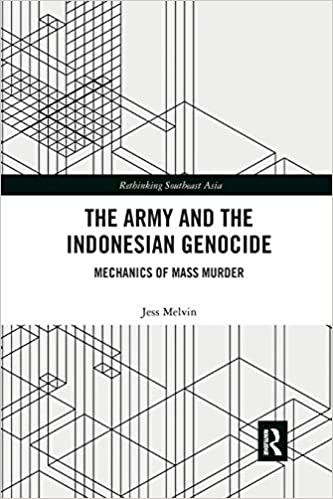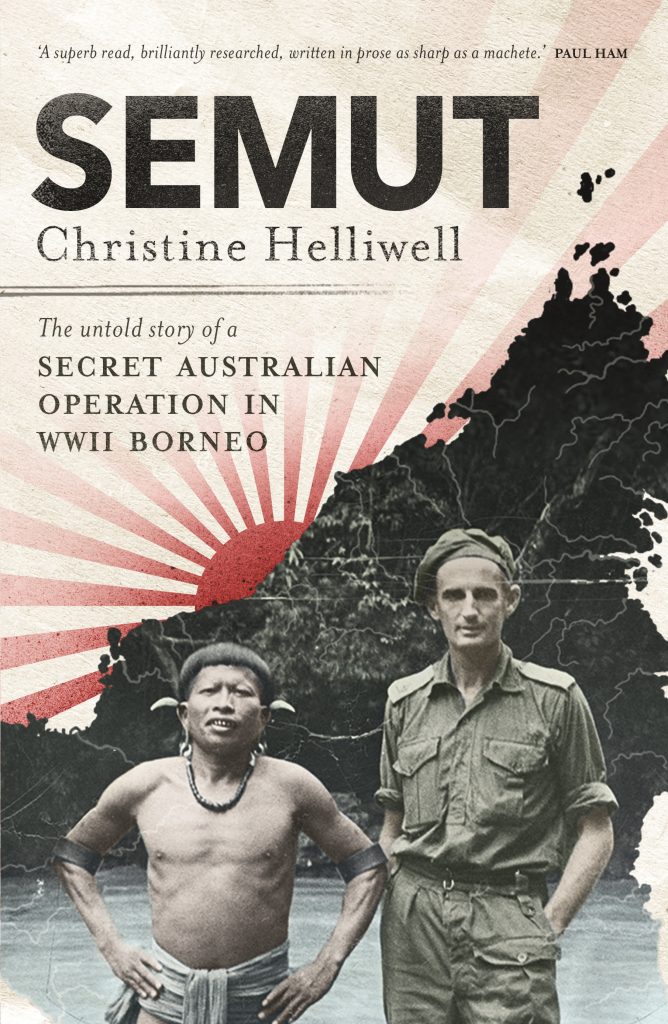The ASAA is proud to announce the shortlist for the inaugural Reid Prize, the winner of which will be announced on 16 May.
The Reid Prize recognises work that has made an exemplary contribution to understanding of Asia. The prize was established to acknowledge the importance of ongoing efforts to deepen public understanding internationally of Asian cultures, politics, histories and societies. This prize will be awarded biennially to the book that has best advanced the understanding of Asia in the last four years. This may include fiction, non-fiction, academic books and translations into English of major works originally authored by Asian writers.
(Read more about the prize here)
In 2022, the shortlisted books are:
Melvin, J. (2018). The Army and the Indonesian Genocide: Mechanics of Mass Murder. Routledge.

For the past half century, the Indonesian military has depicted the 1965-66 killings, which resulted in the murder of approximately one million unarmed civilians, as the outcome of a spontaneous uprising. This formulation not only denied military agency behind the killings, it also denied that the killings could ever be understood as a centralised, nation-wide campaign.
Using documents from the former Indonesian Intelligence Agency’s archives in Banda Aceh this book shatters the Indonesian government’s official propaganda account of the mass killings and proves the military’s agency behind those events. This book tells the story of the 3,000 pages of top-secret documents that comprise the Indonesian genocide files. Drawing upon these orders and records, along with the previously unheard stories of 70 survivors, perpetrators, and other eyewitness of the genocide in Aceh province it reconstructs, for the first time, a detailed narrative of the killings using the military’s own accounts of these events. This book makes the case that the 1965-66 killings can be understood as a case of genocide, as defined by the 1948 Genocide Convention.
The first book to reconstruct a detailed narrative of the genocide using the army’s own records of these events.
Assa Doron and Robin Jeffrey (2018), Waste of a Nation: Garbage and Growth in India, Harvard University Press.

In India, you can still find the kabaadiwala, the rag-and-bone man. He wanders from house to house buying old newspapers, broken utensils, plastic bottles—anything for which he can get a little cash. This custom persists and recreates itself alongside the new economies and ecologies of consumer capitalism. Waste of a Nation offers an anthropological and historical account of India’s complex relationship with garbage.
Countries around the world struggle to achieve sustainable futures. Assa Doron and Robin Jeffrey argue that in India the removal of waste and efforts to reuse it also lay waste to the lives of human beings. At the bottom of the pyramid, people who work with waste are injured and stigmatized as they deal with sewage, toxic chemicals, and rotting garbage.
Terrifying events, such as atmospheric pollution and childhood stunting, that touch even the wealthy and powerful may lead to substantial changes in practices and attitudes toward sanitation. And innovative technology along with more effective local government may bring about limited improvements. But if a clean new India is to emerge as a model for other parts of the world, a “binding morality” that reaches beyond the current environmental crisis will be required. Empathy for marginalized underclasses—Dalits, poor Muslims, landless migrants—who live, almost invisibly, amid waste produced predominantly for the comfort of the better-off will be the critical element in India’s relationship with waste. Solutions will arise at the intersection of the traditional and the cutting edge, policy and practice, science and spirituality.
Christine Helliwell (2021), Semut: The Untold Story of a Secret Australian Operation in WWII Borneo, Penguin.

A remarkable new book about Operation Semut, an Australian secret military operation launched by the organisation popularly known as Z Special Unit in the final months of WWII.
March 1945. A handful of young Allied operatives are parachuted into the remote jungled heart of the Japanese-occupied island of Borneo, east of Singapore, there to recruit the island’s indigenous Dayak peoples to fight the Japanese. Yet most have barely encountered Asian or indigenous people before, speak next to no Borneo languages, and know little about Dayaks, other than that they have been – and may still be – headhunters. They fear that on arrival the Dayaks will kill them or hand them over to the Japanese. For their part, some Dayaks have never before seen a white face.
So begins the story of Operation Semut, an Australian secret operation launched by the organisation codenamed Services Reconnaisance Department – popularly known as Z Special Unit – in the final months of WWII. Anthropologist Christine Helliwell has called on her years of first-hand knowledge of Borneo, interviewed more than one hundred Dayak people and all the remaining Semut operatives, and consulted thousands of military and other documents to piece together this astonishing story. Focusing on the operation’s activities along two of Borneo’s great rivers – the Baram and Rejang – the book provides a detailed military history of Semut II’s and Semut III’s brutal guerrilla campaign against the Japanese, and reveals the decisive but long-overlooked Dayak role in the operation.
But this is no ordinary history. Helliwell captures vividly the sounds, smells and tastes of the jungles into which the operatives are plunged, an environment so terrifying that many are unsure whether jungle or Japanese is the greater enemy. And she takes us into the lives and cavernous longhouses of the Dayaks on whom their survival depends. The result is a truly unique account of the encounter between two very different cultures amidst the savagery of the Pacific War.
Hans Pols (2018), Nurturing Indonesia: Medicine and Decolonisation in the Dutch East Indies, Cambridge University Press.

Hans Pols proposes a new perspective on the history of colonial medicine from the viewpoint of indigenous physicians. Members of the Indonesian medical profession in the Dutch East Indies actively participated in political affairs by joining and leading nationalist associations, by publishing in newspapers and magazines, and by being elected to city councils and the colonial parliament.
Indonesian physicians were motivated by their medical training, by their subordinate position within the colonial health care system to organise, lead and join social cultural and political associations.
Opening with the founding of Indonesia’s first political association in 1908 and continuing with the initiatives of the Association of Indonesian Physicians, Pols describes how the Rockefeller Foundation’s projects inspired the formulation of a nationalist health programme.
Tracing the story through the Japanese annexation, the war of independence, and independent Indonesia, Pols reveals relationship between medicine decolonisation, and the role of physicians in Asian history.

